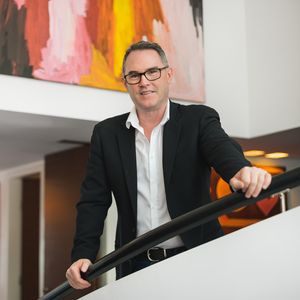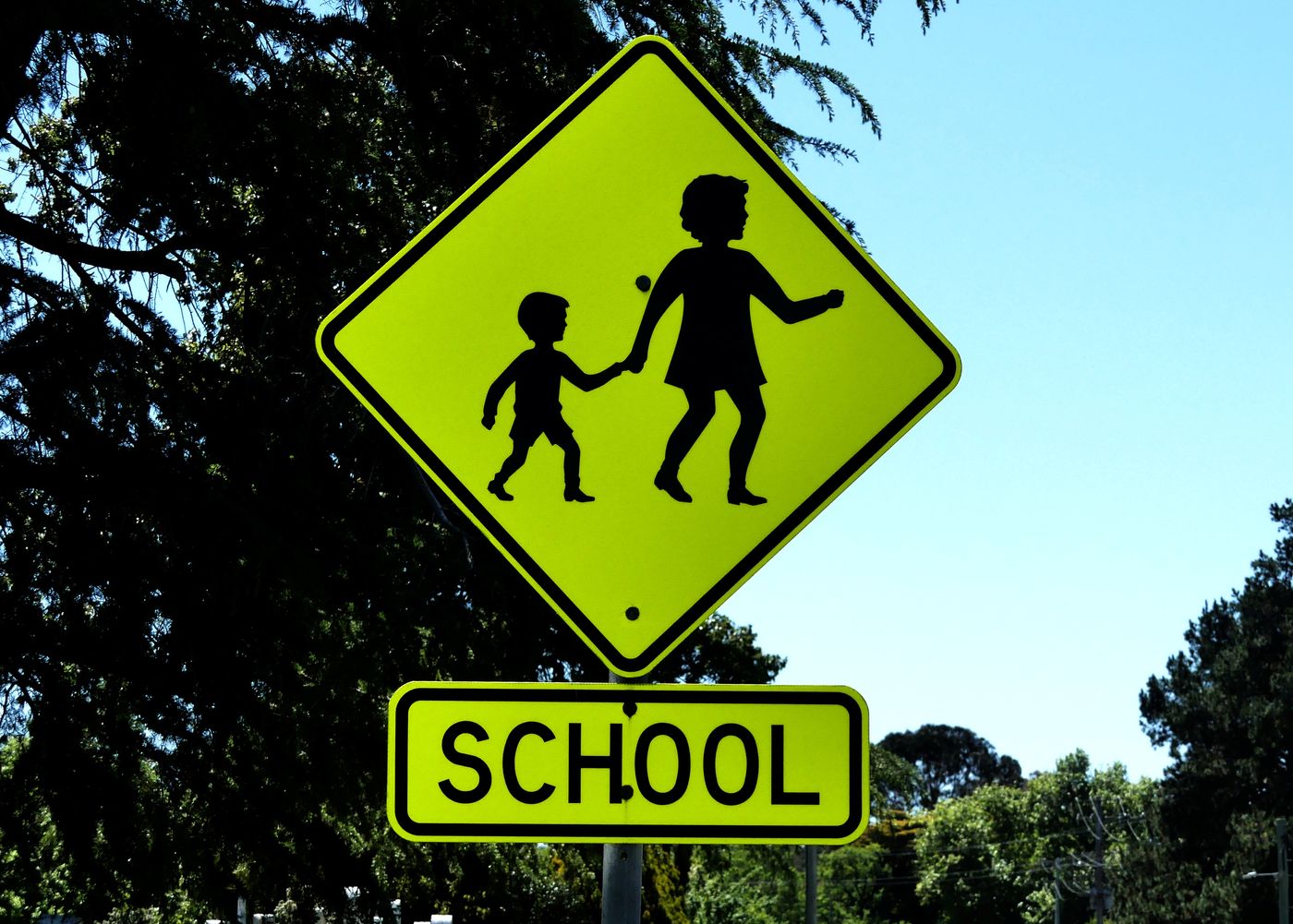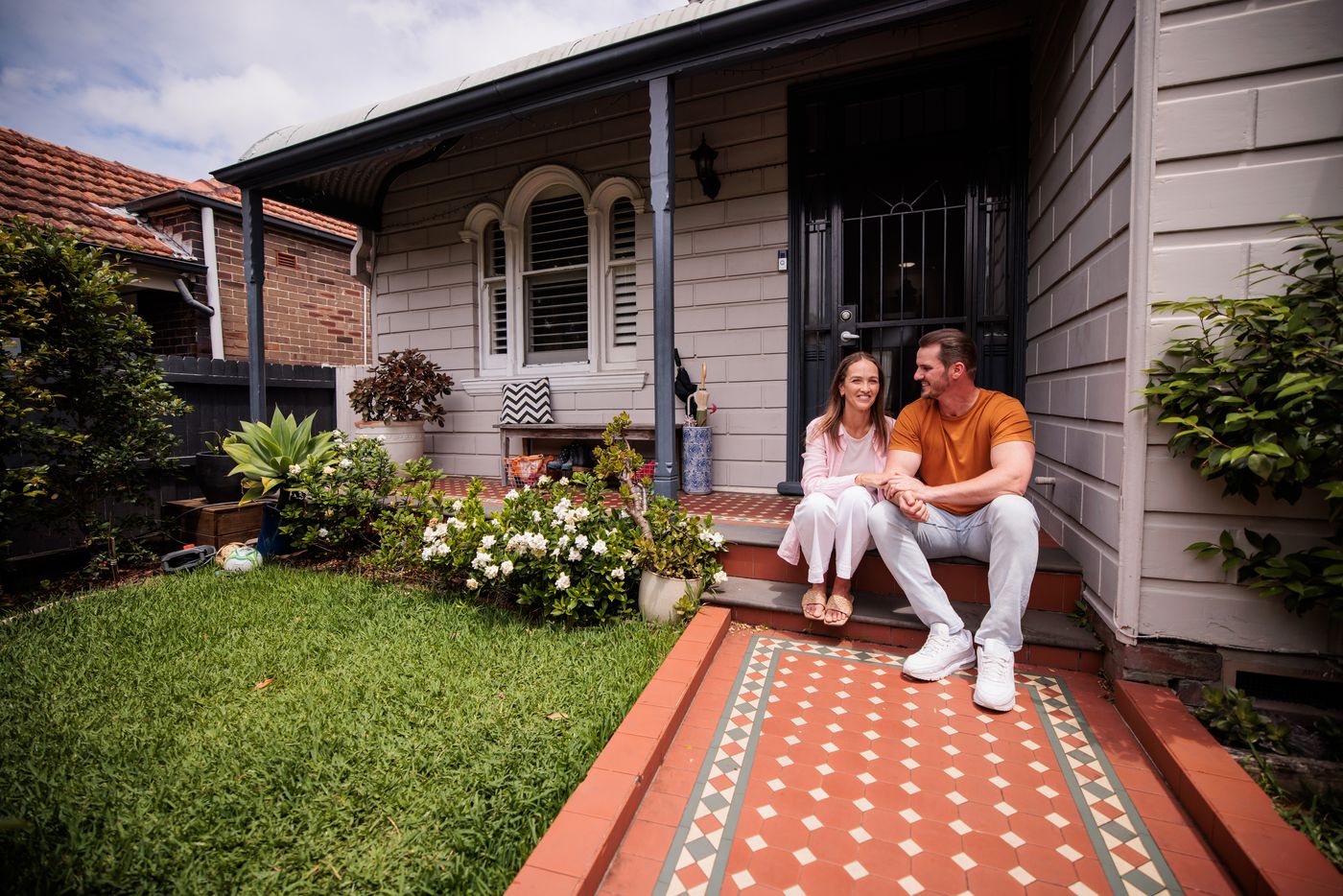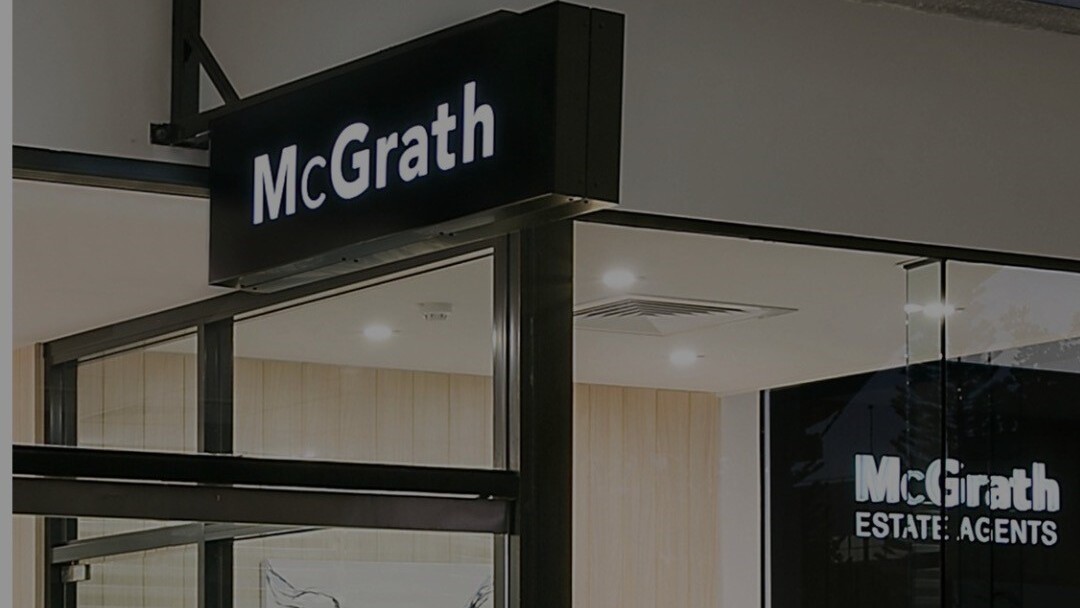School zone or school fees? The choice many families are making - John McGrath
For many families, choosing where to live isn’t just about affordability or proximity to work. Increasingly, it’s about access to a quality public education for their children.
New data from Cotality shows families are willing to pay significant premiums for the privilege. They’re stretching their budgets to buy homes in desirable public school catchment zones rather than paying private school fees for up to 13 years.
In some parts of Sydney and Melbourne, homes inside top-performing public school catchment zones are selling for six-figure premiums — and in one case, more than $1.2 million extra.
Families are paying these premiums because they see it as a smarter long term investment. Not only do they secure access to a quality education for their children without the ongoing cost of private school tuition, but they also enjoy the comfort of owning a home with long term market appeal.
Location would also play a part. Many schools are centrally positioned within suburbs, so they’re also close to village shops, cafes, public transport and recreational facilities like parks and sports fields.
Proximity to these amenities is highly prized, driven by Australians’ love of the cafe lifestyle and a desire for weekend walkability after a sedentary work week. Today, being within strolling distance of good coffee is a drawcard for all buyers, not just families.
According to Cotality’s research, the biggest school zone premium was found on Sydney’s Lower North Shore, where buyers targeting the combined catchments of Killara High, Willoughby Girls, and Lindfield Learning Village paid a median $1,289,000 more than those who bought outside the zone. That’s a 39.8% premium.
In Melbourne, the most expensive catchment zones were around Princes Hill Secondary College and University High School, where houses cost an average of $357,000 more than similar properties just outside the zone. That’s a 23.4% premium.
While the data shows that the premium doesn’t always come with higher capital growth — in fact, many of these in-demand catchment areas have underperformed neighbouring suburbs over the past 15 years — that hasn’t stopped buyers from competing fiercely for homes inside the boundary.
Cotality’s analysis found that in six of the nine school zones studied, homes inside the catchments cost at least $100,000 more than those outside. That upfront cost may seem steep, but it could actually be a money-saver in the long run.
Futurity Invest Australia estimates that private school tuition costs about $349,000 per child from kindergarten to Year 12 — and even more in Sydney and Melbourne. Some private Sydney high schools reportedly charge more than $46,000 per year, bringing the cost of high school alone to $276,000.
For many families, a larger mortgage seems like a better deal than more than a decade of school fees — especially when interest payments tend to decline in real terms over time whilst school fees tend to rise.
Interestingly, the research also found some exceptions to the rule. In Sydney’s Cherrybrook Technology High School zone and Melbourne’s Doncaster Secondary College catchment, homes inside the zone were actually cheaper than those outside.
But overall, the trend is clear – access to a highly regarded public school continues to be one of the key drivers of buyer behaviour in family-friendly suburbs.
For young families weighing up the cost of education and the desire to own a well-located home, paying a bit more to buy into a strong public school zone can offer both lifestyle and financial benefits — and may even turn out to be the more affordable option in the long run.

By
John McGrath
August 3, 2025
4 min read
Share this Article


.jpeg)

